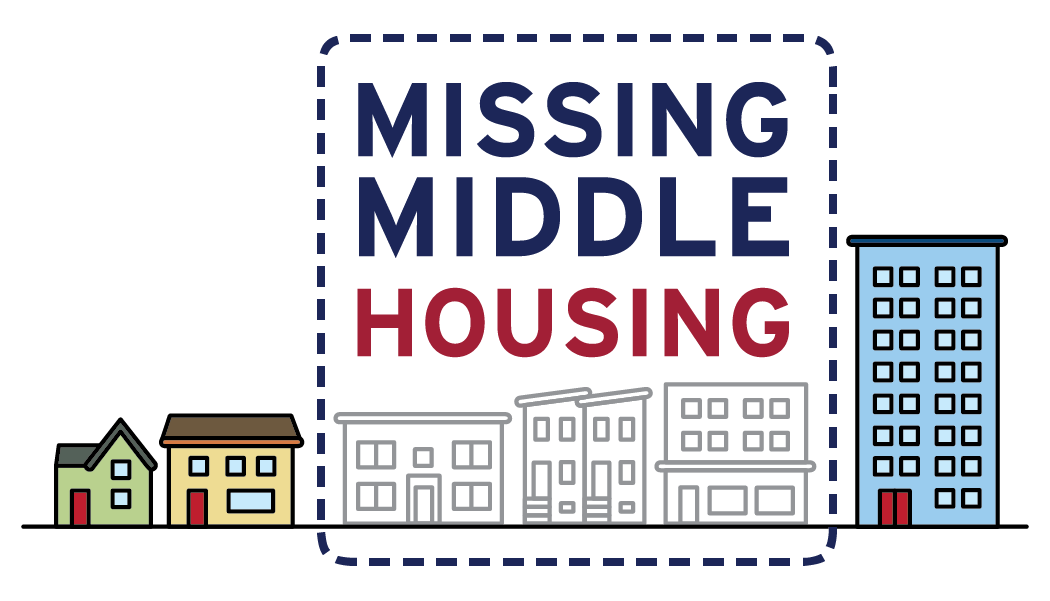Opinion: Don’t let perfect zoning be the enemy of good zoning in Arlington
By Ben D’Avanzo, Tarsi Dunlop, and Susan English, civil advocates in Arlington County
Originally published in the Washington Post
Arlington County has spent two years determining whether to legalize multiunit houses in neighborhoods zoned single-family. The current proposal would allow two- to eight-unit homes as long as they adhere to the same size, setback and other restrictions applied to single-family buildings. As Arlington residents who have worked in our neighborhood to address rising housing prices, we urge the Arlington County Board to adopt this policy without delays, caps or weakened elements.
We live in the 22202 area of South Arlington, spanning from original Sears houses to the new Amazon headquarters. Our neighborhood has been recognized for its mix of “single dwellings, twin dwellings, duplexes, apartment buildings, religious buildings, educational buildings, and commercial buildings.” Despite being dwarfed by newly built single-family homes, the dozens of aging duplexes and triplexes would be illegal to build today.
We have worked with our neighbors for the past four years to address housing, calling for the county to increase the size of the Affordable Housing Investment Fund, work with the state to create rights for renters and encourage community land trusts. However, if zoning continues to ban anything but single-family homes on 79 percent of Arlington’s residential land, it will be difficult to achieve diverse new affordable housing.
The three of us represent a range of housing experiences: One of us was recently forced to move within the neighborhood because of rising rents; one happily lives with a toddler in “missing middle”-style housing; and one is an empty-nester in an original single-family home. From these diverse experiences, we see potential and the need for action.
Our neighbors face escalating housing costs. In our survey of more than 100 renters in our area, the average rent increase in the past year was 13 percent, with many more than 20 percent. Typical comments included “rent increases are crazy and unsustainable” and “I’ve lived in the area for more than a decade and seen a lot of change. I really like a lot of these developments, but a rent increase of 22 percent makes it hard … to afford.”
We do not see the missing middle as a panacea but rather a policy aimed at bending costs and creating flexibility for the long term. We need more options for seniors who want to downsize and for affordable-housing developers. It’s part of a strategy that must include more funding for affordable housing and opportunities for ownership. Fortunately, though it’s overlooked by the intense focus on zoning reform, Arlington has a comprehensive housing initiative that also addresses those elements.
Our support for the missing-middle proposal comes from a longer-term view of a problem decades in the making. Newly built duplexes will likely be expensive, though even a new duplex is expected to be half the price of a new single-family home. Yet data from real estate listings show the price-per-square-foot difference between homes in our area built in the past 20 years and those older than 50, which was $83 five years ago, has now shrunk to $59. In other words, older houses are increasingly selling at prices closer to newer houses, indicating we lack a healthy supply of starter homes. This will only get worse for future generations if we fail to act.
Many of the arguments against zoning reform have been rebutted. Economists have found that new housing relieves pressure from competition that spikes the cost of more attainable units. New houses of all types temporarily reduce local tree canopies, but trees are also a regional concern, driven by loss of forests in expanding outer suburbs. Limiting exurban sprawl driven by a lack of housing near job centers and reducing long commutes by car are important for fighting climate change. The new 10-year school projections anticipate that enrollment will grow modestly in the short term and decline modestly in the long term. Though trees and schools are significant considerations for any community planning for growth, they should not stop efforts to address housing at the same time.
Housing-supply policy is an emotional issue, but the stakes are not equal. Some seek to defend against neighborhood change, while others are struggling to pay for basic needs and avoid homelessness. We began our local work by exploring shared values in a workshop. Our neighbors prioritized diversity, community, livability, safety and engagement. It is through those lenses that the County Board should ultimately decide this policy change. When faced with displacement, when we see families living in cars in similarly situated cities, and when we witness the ugly history of exclusionary zoning, will the county open itself to using all available approaches? We certainly hope so.

